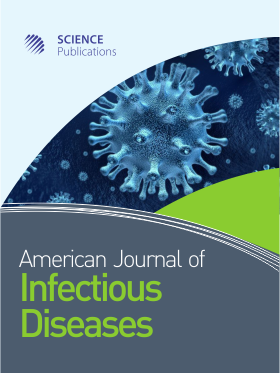Structural and Evolutionary Analysis of PARPs in D. discoideum
- 1 The Maharaja Sayajirao University of Baroda, India
Abstract
Problem statement: Dictyostelium discoideum, a unicellular eukaryote, exhibits multicellularity upon nutrient starvation, making it a better model for developmental studies and for the study of various signal transduction pathways. The most felicitous point of interest is that many of its genes show high degree of similarity to vertebrate genes. Poly (ADP-ribose) polymerase (PARP), a ubiquitous and abundant nuclear protein, has a number of distinct biochemical activities well suited for both structural and regulatory roles throughout its life cycle. We have analysed structural and evolutionary significance of PARP. Approach: D. discoideum lacks caspases and hence it exhibits caspase independent cell death which is of unique interest. PARP is a key protein involved in cell death in D. discoideum. An in silico approach to study the domain organization of PARP’s in D. discoideum would help us to understand evolution of the structural pattern from prokaryotes to eukaryotes. Results: Our previous studies showed involvement of PARP in D. discoideum cell death and development. We have attempted to probe the significance of PARPs in D. discoideum using bioinformatics approach. In this organism PARPs are encoded by 8 members whereas in H. sapiens there are 17 such members encoding PARP family. Conclusion: Our analysis suggests out of 8 genes, adprt1a and adprt1b seem to be involved in DNA damage response. Our approach with different bioinformatics tools suggests that these proteins also show homology with the H. sapiens counterparts. This article summarizes the domain organization of PARPs to throw light on the biological role of these proteins which will be helpful for further experimental studies in our model organism.
DOI: https://doi.org/10.3844/ajidsp.2011.67.74

- 5,198 Views
- 3,422 Downloads
- 20 Citations
Download
Keywords
- Poly (ADP-ribose) polymerase
- Dictyostelium discoideum
- structural homology
- evolution
- DNA damage response
- Zn finger domain
